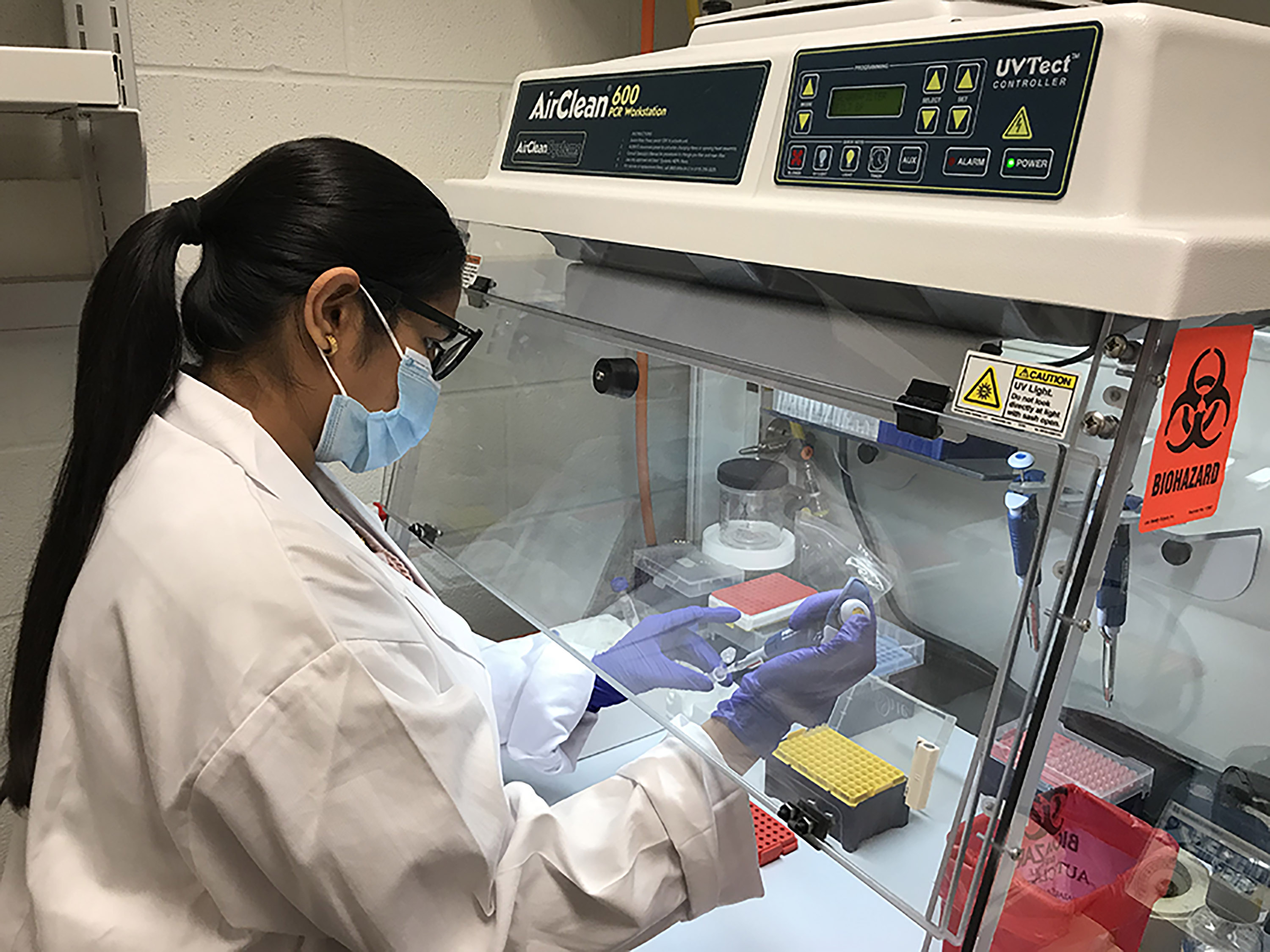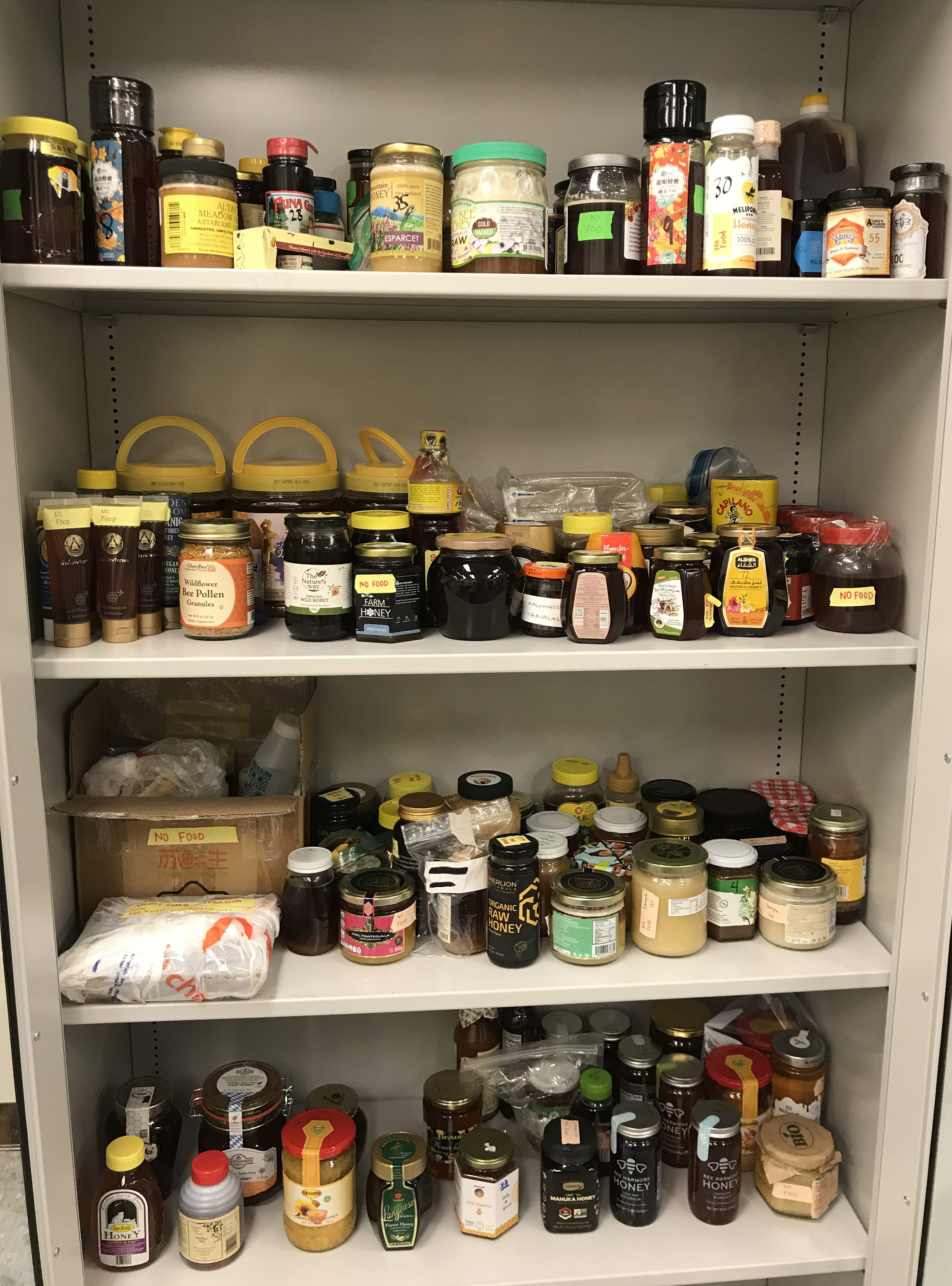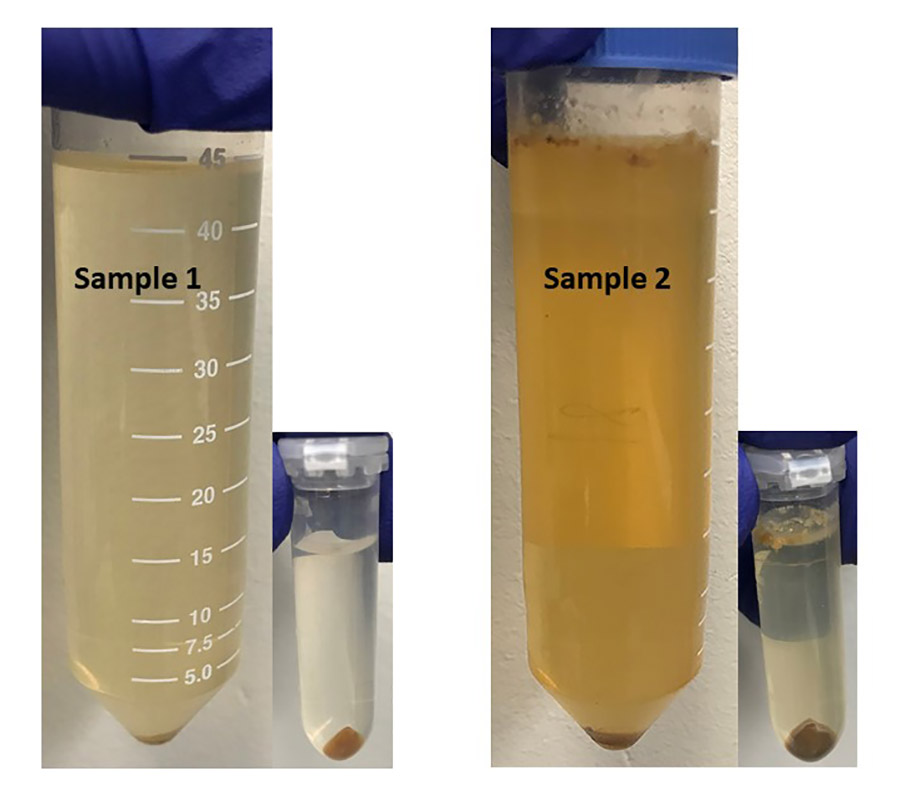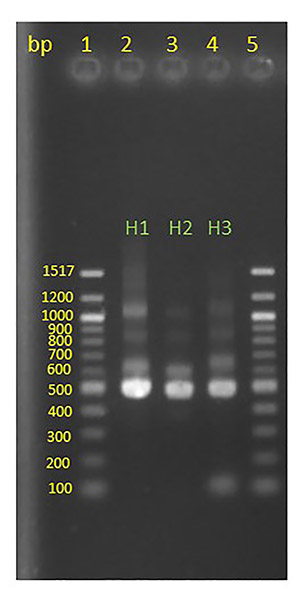DNA Assays for Determining Honey Origins
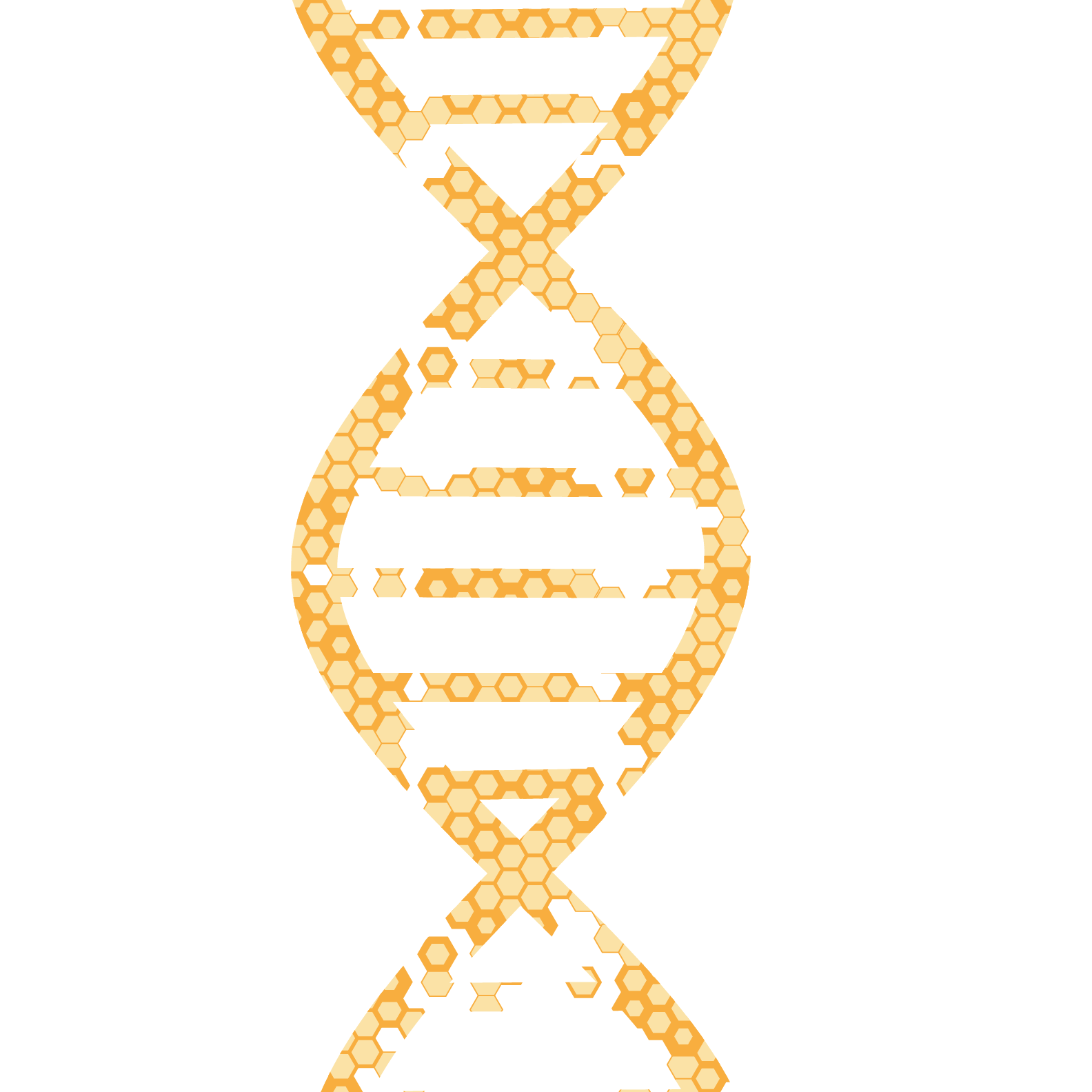
Abstract
There is considerable misidentification of sources of honey imported into the United States, and identifying the true origin of imported honey is of considerable interest to Customs and Border Protection. This project will develop a means to identify honey countries of origin (especially India and China to start) using the DNA in pollen, and DNA dissolved in filtered honey.
There are rapidly-expanding technical capacity and database resources for using DNA as a unique identifier based on variations in “barcode” sequences found in most plants (ITS2, rbcL, possibly matK and trnH-psbA). Building on our experience in metagenomic sequencing and analysis, we will develop a routine pipeline for honey source identification by DNA sequencing of these barcodes, in collaboration with LSS. We have now acquired ca. 118 samples of honey from international sources (22 countries), including 10 from India and 37 from the PRC, and expect to acquire 180 more in other seasons, focusing on India and the PRC. We will implement the clustering analysis pipeline on the Baylor College of Medicine Human Genome Sequencing Center’s large-scale analysis cluster, which securely handles confidential medical information.
Based on our experience in the development of rapid DNA-amplification assays, we will extend the sequencing results to faster, cheaper, RPA isothermal DNA amplification assays for identification of honey originating from regions of particular interest. These assays will resemble those used for diagnosing infectious diseases - DNA amplification to detect the presence of signature sequences in a sample, giving focused assays with turnaround times of a few hours.
Finally, we will address the problem of filtered honey, using the soluble DNA present in honey even after filtration. Legitimate producers sometimes filter honey to remove insect and wax particles, but fine filtration also is used to hide the country of origin of honey by removing pollen, thwarting palynology. In preliminary work we now have successfully isolated (both by anion-exchange and separately by using anti-DNA antibodies on magnetic nanoparticles), amplified, cloned, sequenced and (partially) identified the plant origins of the DNA remaining in 0.2 micron-filtered honey. We will pursue further development of these methods and assessment of their global reliability, as a very promising opportunity for honey source identification even after attempted evasion. The results from this project will be incorporated into a report submitted to DHS.
There are rapidly-expanding technical capacity and database resources for using DNA as a unique identifier based on variations in “barcode” sequences found in most plants (ITS2, rbcL, possibly matK and trnH-psbA). Building on our experience in metagenomic sequencing and analysis, we will develop a routine pipeline for honey source identification by DNA sequencing of these barcodes, in collaboration with LSS. We have now acquired ca. 118 samples of honey from international sources (22 countries), including 10 from India and 37 from the PRC, and expect to acquire 180 more in other seasons, focusing on India and the PRC. We will implement the clustering analysis pipeline on the Baylor College of Medicine Human Genome Sequencing Center’s large-scale analysis cluster, which securely handles confidential medical information.
Based on our experience in the development of rapid DNA-amplification assays, we will extend the sequencing results to faster, cheaper, RPA isothermal DNA amplification assays for identification of honey originating from regions of particular interest. These assays will resemble those used for diagnosing infectious diseases - DNA amplification to detect the presence of signature sequences in a sample, giving focused assays with turnaround times of a few hours.
Finally, we will address the problem of filtered honey, using the soluble DNA present in honey even after filtration. Legitimate producers sometimes filter honey to remove insect and wax particles, but fine filtration also is used to hide the country of origin of honey by removing pollen, thwarting palynology. In preliminary work we now have successfully isolated (both by anion-exchange and separately by using anti-DNA antibodies on magnetic nanoparticles), amplified, cloned, sequenced and (partially) identified the plant origins of the DNA remaining in 0.2 micron-filtered honey. We will pursue further development of these methods and assessment of their global reliability, as a very promising opportunity for honey source identification even after attempted evasion. The results from this project will be incorporated into a report submitted to DHS.
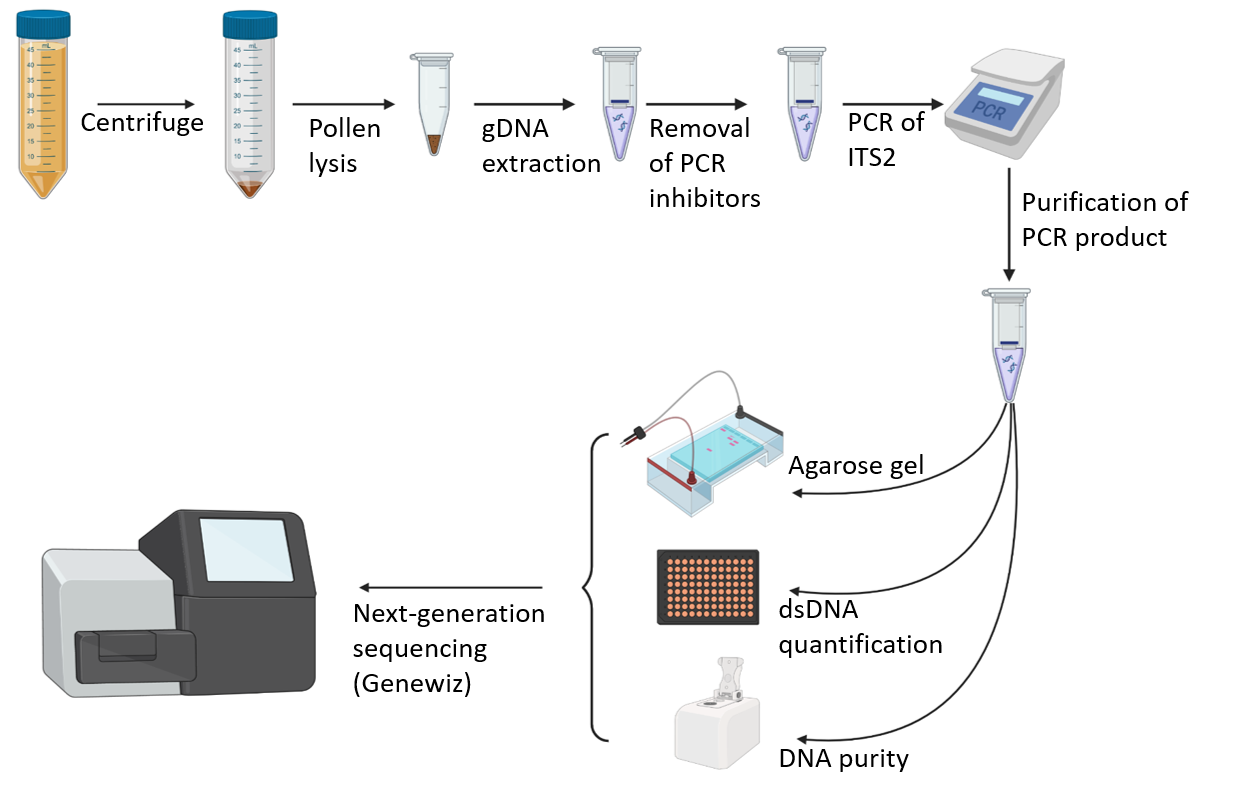
Products
Kick-Off Meeting Presentation - 21 February 2020
Quarterly Update - 21 May 2020
